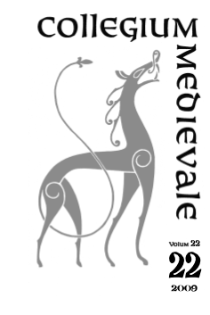Sammendrag
In the first volume of the Kaupang Excavations Project Publication Series the editor Dagfinn Skre puts much emphasis in the argumentation of Kaupang being a town, together with the Scandinavian settlements of Birka, Haithabu and Ribe1. He leans on the wide definitions of an urban community proposed by Susan Reynolds2: A relatively densely populated, permanently occupied unit of a particular size, in which most inhabitants make their principal livelihood from non-food-producing activities. Towns are quite clearly delimited from their surroundings 3. Skre argues that the following criteria of a town fits well with Kaupang: 1. All year habitation, 2. A regular habitation pattern with tenements and continuous borders between them, different from market places, 3. Building types resembling such from similar settlements and 4. A large activity of trade and handicraft4. Some of these arguments have been questioned. PrzemysÅ‚aw Urbánçzyk has cast doubt upon the arguments for permanent habitation in the 9th C, especially on the interpretation of the house types as an evidence for this5. It is also highly questionable wether permanent borders between plots were used in permanent habitations only. Skre himself puts forward Ribe of the early 8th C as an example of a market place with seasonal occupation and yet permanent borders6. It is likely that such regular plots means a royal or other high rank ownership to the ground and is a means to regulate new activity in a place.
Forfattere beholder opphavsretten og gir tidsskriftet rett til første publisering av arbeidet. En Creative Commons-lisens (CC BY-SA 4.0) gir samtidig andre rett til å dele arbeidet med henvisning til arbeidets forfatter og at det først ble publisert i dette tidsskriftet.

